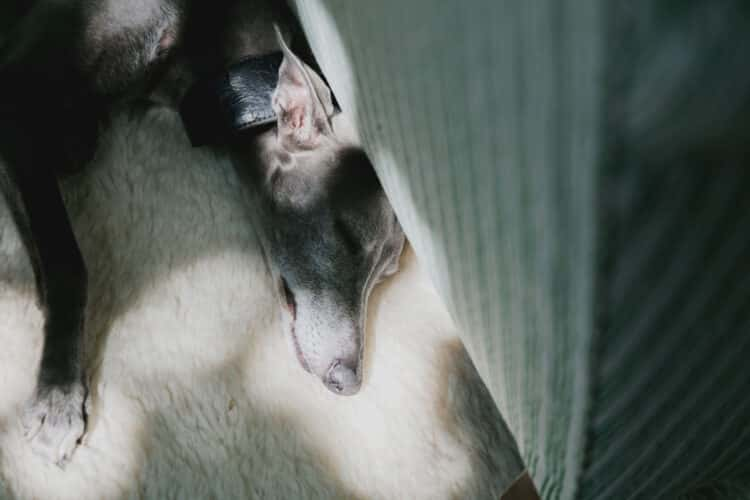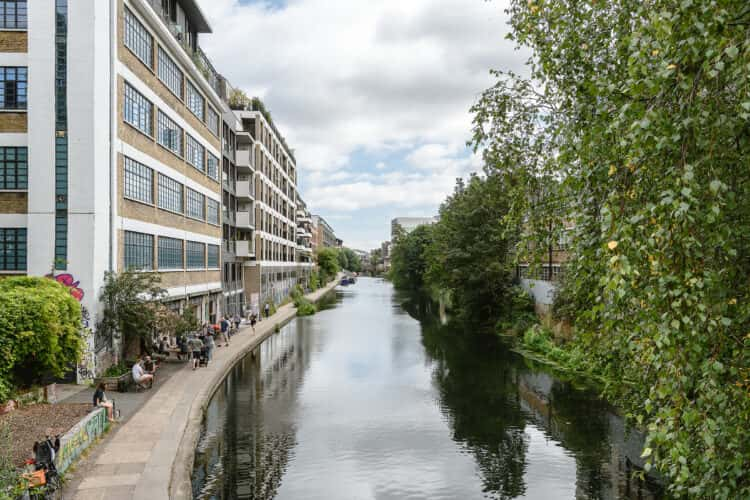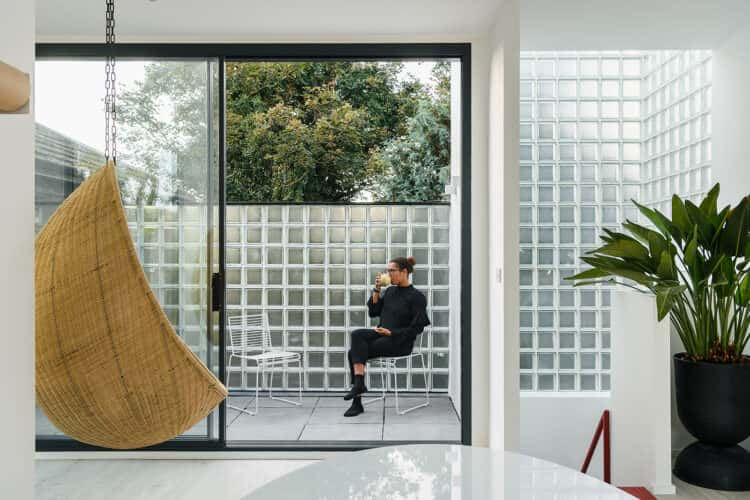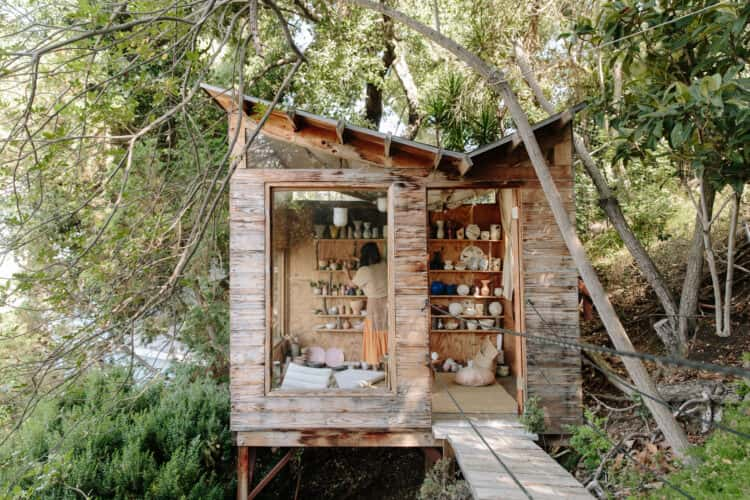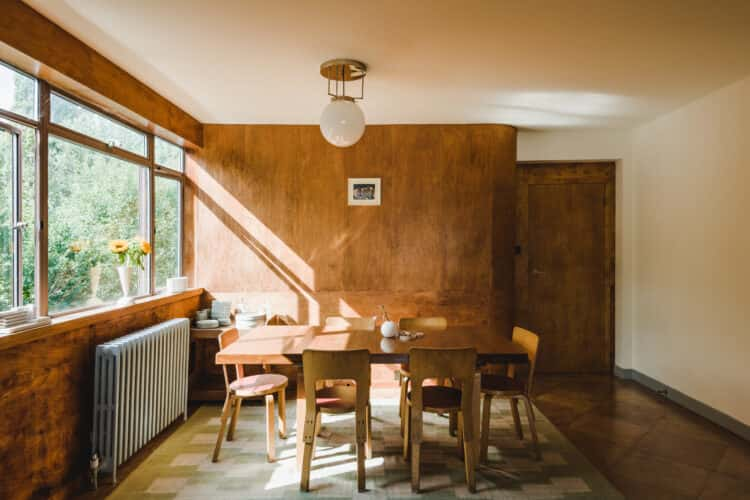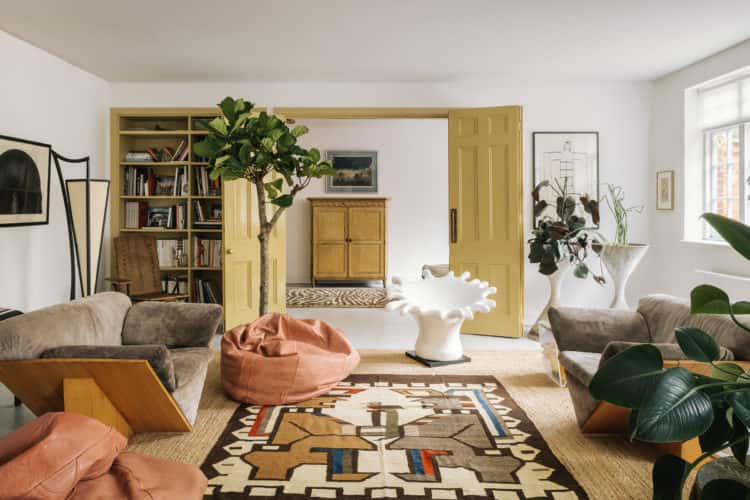A Modern Way to Live: our co-founder Matt Gibberd on light
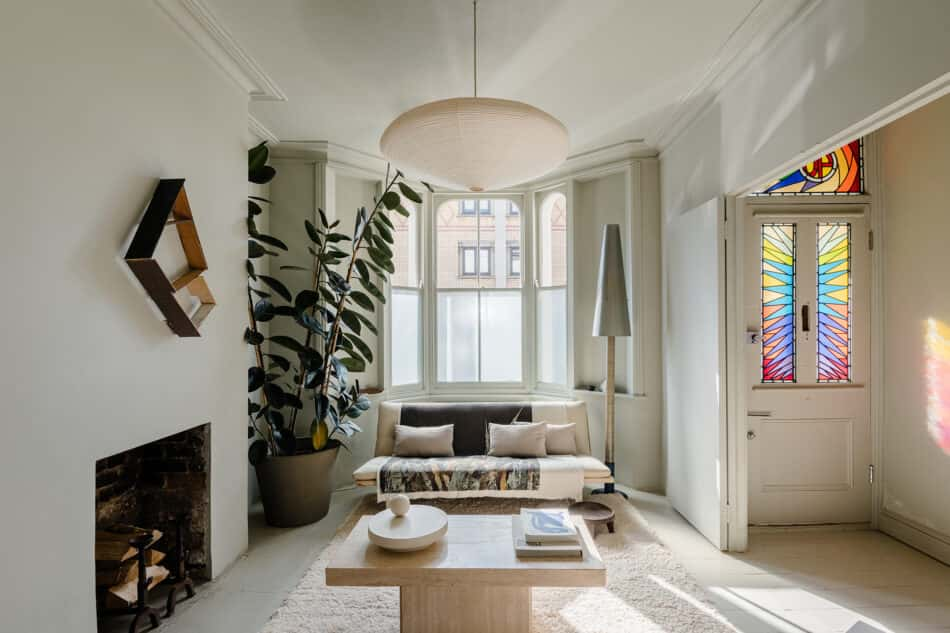
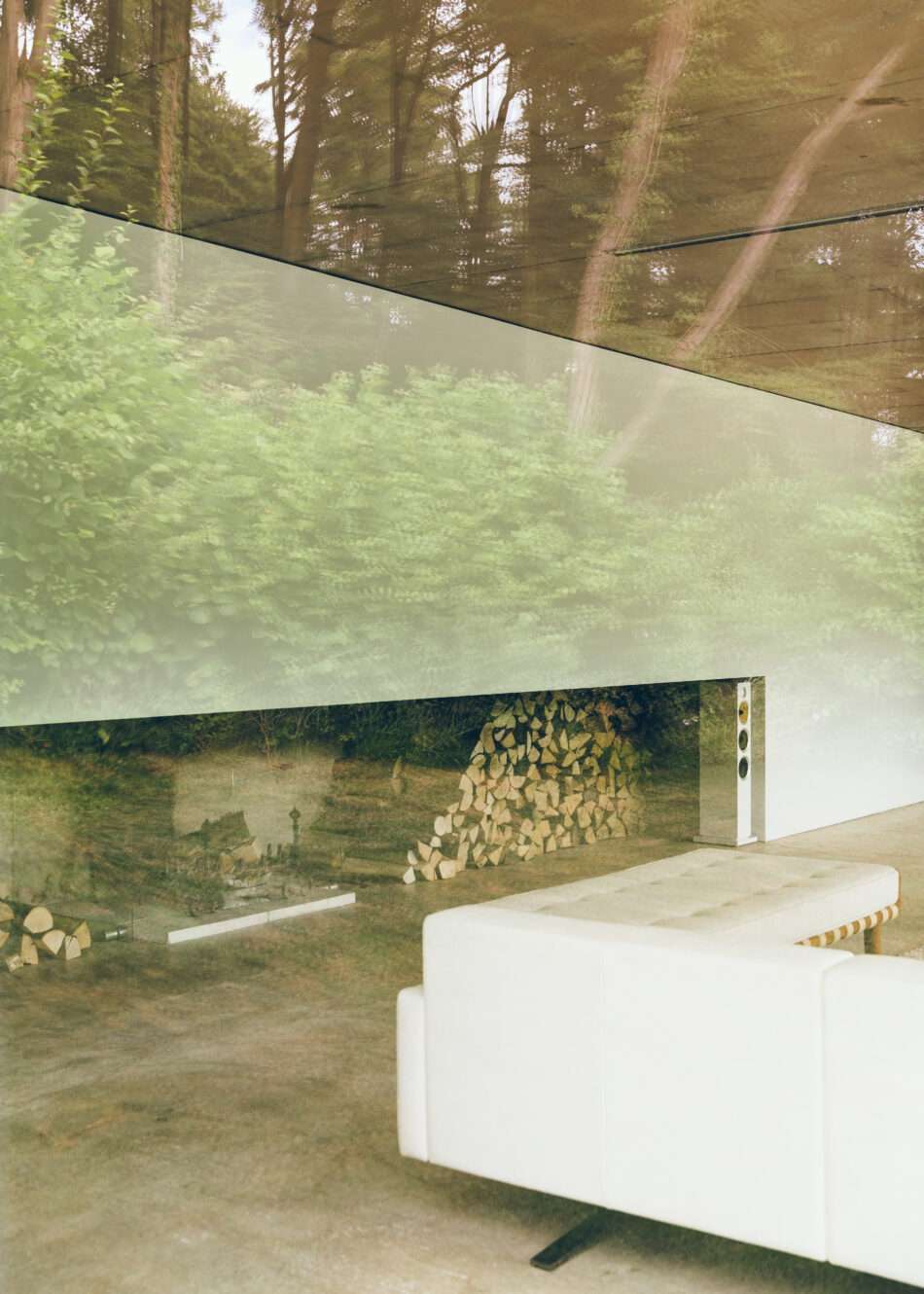
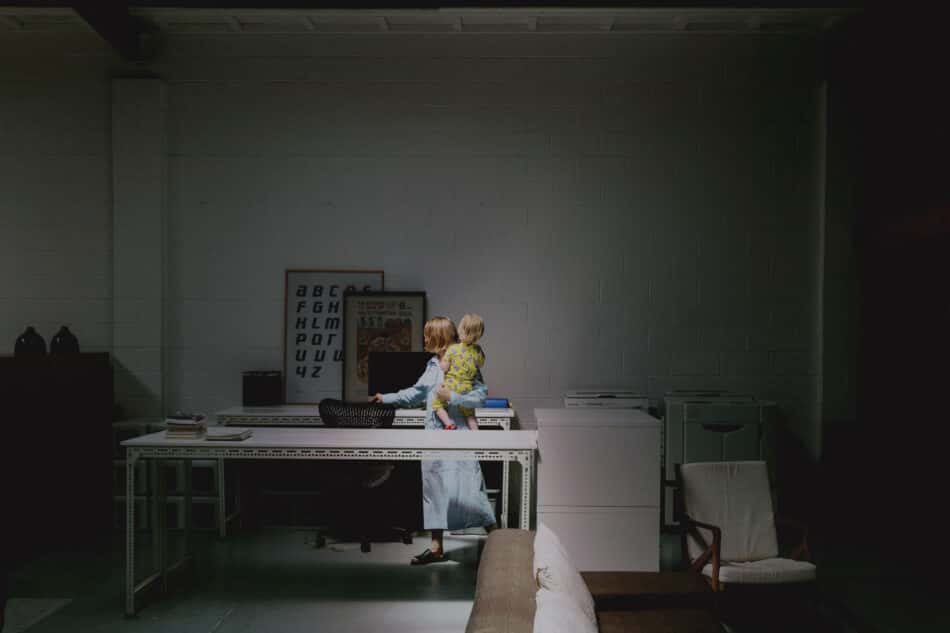
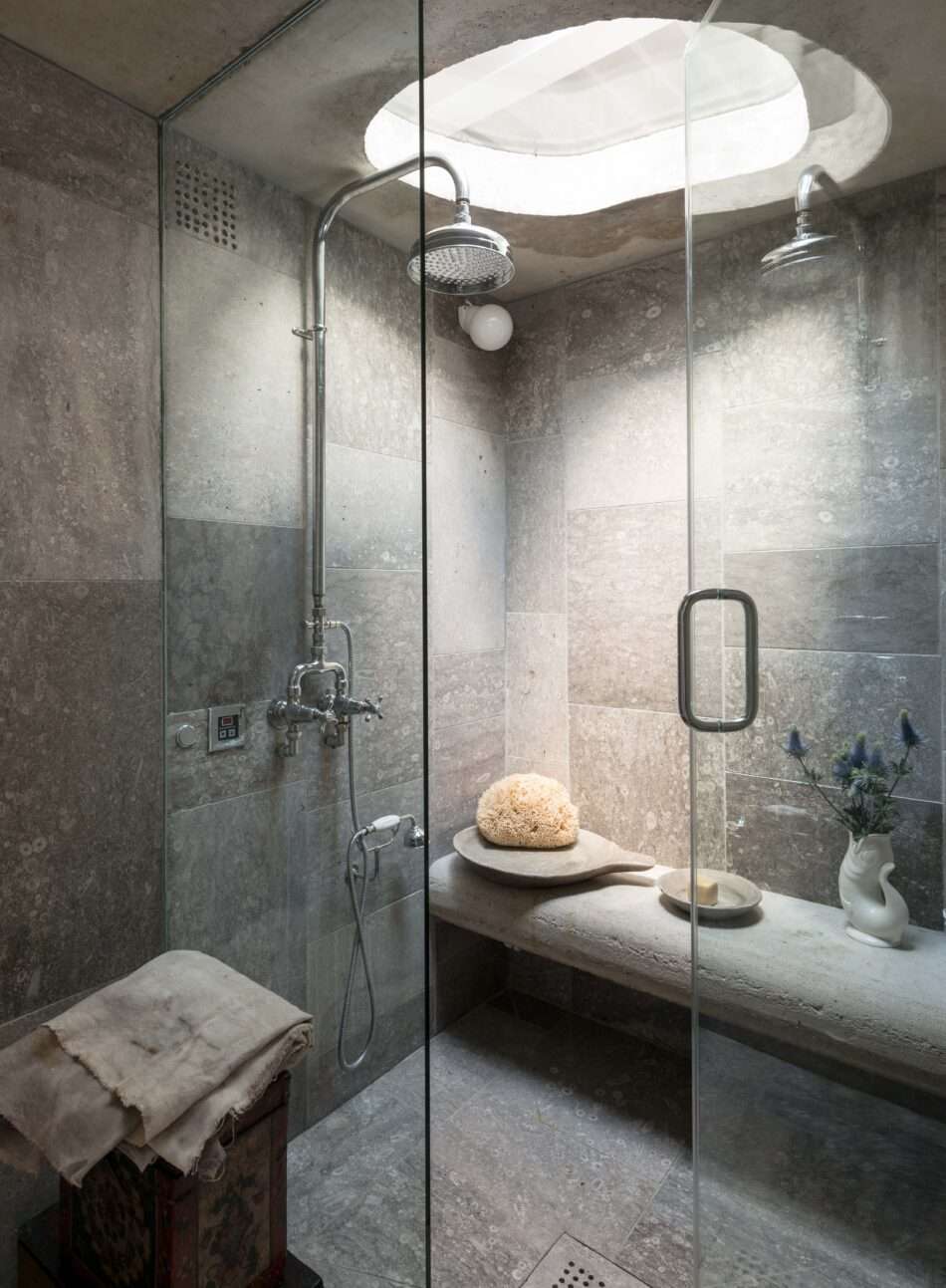
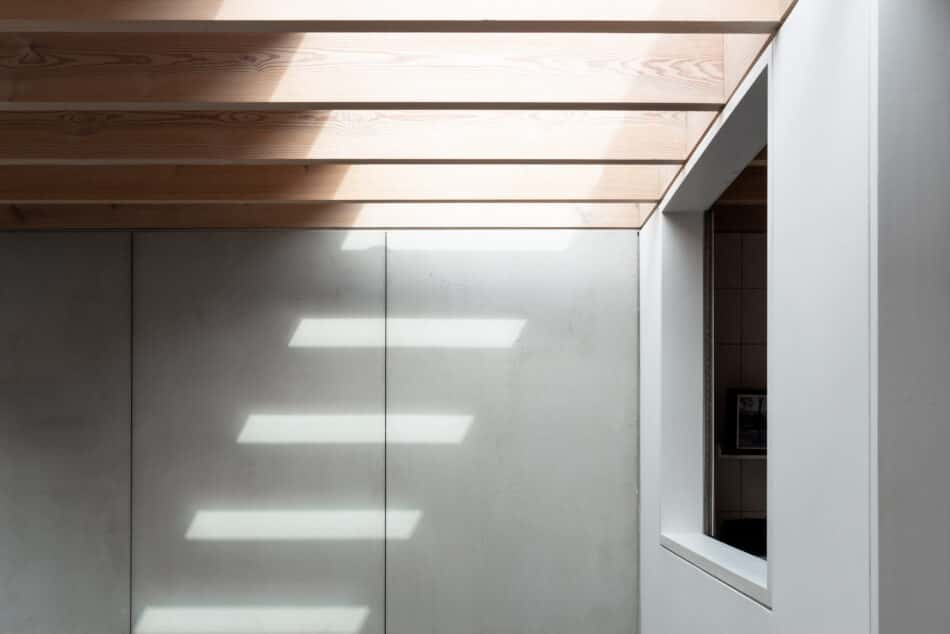
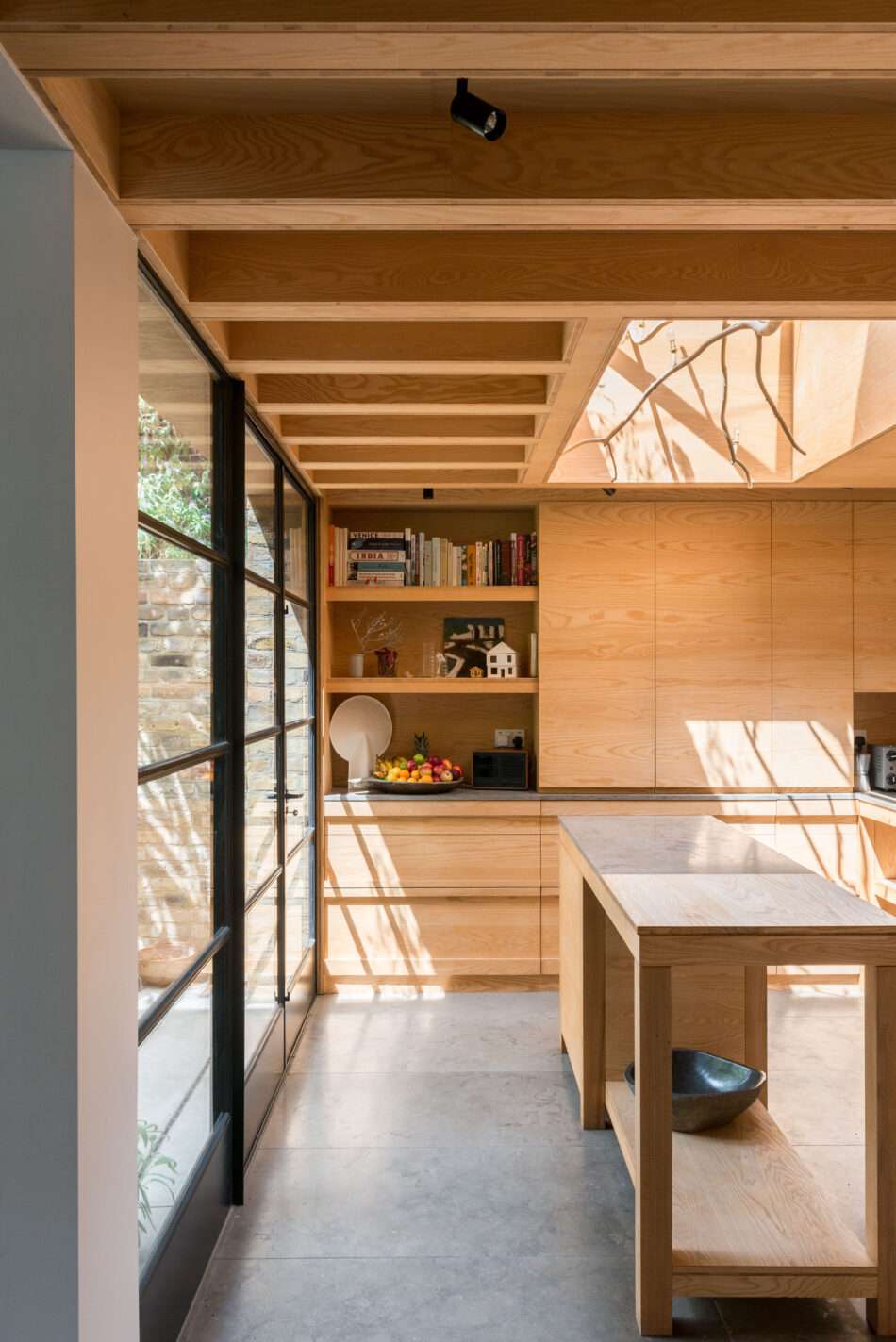
Space, light, materials, nature, decoration: since our inception, we have come to note that beautifully designed homes tend to pay attention to these five design principles. What else, then, would make such fitting subjects for our co-founder Matt Gibberd’s book, A Modern Way To Live, published by Penguin. To give you an idea of what to expect in the book, Matt is giving a preview into each of it’s primary themes. You can read his first column on space here; in this second edition, he shares his thoughts on light in the home.
A few nights ago, I was struggling to sleep because there was a fox in our garden emitting the high-pitched shriek of someone suffering a dire industrial accident. The night before that, I was awoken by the sound of a field mouse scratching around in the cavity wall behind the bed. Usually, however, it’s the mosquitoes that cause the insomnia. If you handed a violin to a toddler, it would struggle to achieve a more grating din than the diminutive mozzie. My wife, Faye, and I have a longstanding dispute about whether to leave our bedroom window open at night: she likes the fresh air, understandably, but I’m a light sleeper and prefer the quiet. During a spell of hot weather there really is no choice and that’s when the mosquitoes seize their opportunity. The only successful solution I’ve found is to leave the lights off. And when I say lights, I mean all of them. Every light in the whole house.
To be honest, I have a bit of a Dickensian approach to artificial lighting. Come sundown, I can usually be found staggering around in the dark like a bespectacled miser, using the faint flicker of a distant candle to help me find my way. I find excessive illumination troubling.
We don’t have any built-in ceiling lights in our house and instead use lamps plugged into five-amp sockets. Some of these are objects of great sculptural beauty in their own right: Vico Magistretti’s wonderful ‘Atollo’, for example – a hemisphere balanced tantalisingly on a cylinder and a cone – has a reassuring sense of timelessness and glows like a magical mushroom at night.
The bathroom has a pair of dim low-level lights on motion sensors that allow us to answer a night-time call of nature without waking up the whole household. There are also plug-in night lights in the corridors, so that the children can navigate around without switching on the main lights. My personal rule about artificial lighting is this: if you can look straight into the bulb’s blinding filament, then it’s probably in the wrong place. The biggest scourge of modern interiors are the acne attacks of ceiling spotlights that you see in kitchens, illuminating the island unit as if it were a Ming vase in a museum.
The truth is, artificial light is not very good for our health. It disrupts our sleep patterns and adversely affects our immune systems. Night shift workers have been proven to be at increased risk of a range of health problems, from stress and stomach ulcers to depression, heart disease and cancer. Although the majority of us work more conventional hours, we still spend our afternoons in dazzlingly bright offices, and our children beaver away beneath flickering fluorescents. We owe it to our assaulted senses to turn things down at home.
A helpful way to think about lighting is to consider its colour: ‘blue’ for waking up and ‘red’ for winding down. Exposure to a cooler light temperature during the day helps to suppress melatonin secretion, keeping us alert and improving cognitive performance. In the evening, the warm flicker from a candle or a roaring fire helps ease us into a gentle slumber. Too much blue light at the end of the day interferes with our sleep patterns, which is why we are always told to put away our phones and tablets in the run-up to bedtime.
My obsession with darkness at night is equalled by my zeal for natural light during the day. Sunlight brings character, emotion and comfort into our homes. It creates warmth underfoot as we move through the interior; it projects animations of rustling leaves on to the walls; it brings interior objects into relief and gives them their depth; it creates kaleidoscopes of colour as it reflects and refracts around the building. As a client of ours with a modernist house poetically described it, “When the sun comes out, everything starts to dance.”
I have never really understood why people install elaborately swagged curtains with flouncy pelmets – to me, they not only ruin the architecture of the room and the lines of the window, but they also block out much-needed natural light. I love National Trust houses as much as anyone, but they can be profoundly dreary sometimes; I often feel the urge to pull back the drapery while the verbose volunteers are looking the other way.
Overly thick window frames have the same adverse effect. The Georgians knew what they were doing, producing sash windows with the slenderest of glazing bars that manage to elevate the delicacy and transparency of the glass. Modern houses often have bifold doors, which break up the views unnecessarily when closed, and bunch together like an unappealing club sandwich when open. Personally, I much prefer fixed glazing. A picture window – free of obtrusive handles and mechanisms – does a better job of framing the views and looks far more beautiful. The structural supports can be hidden in the structure of the building, making it appear frameless. Crucially, it lets in more light as well.
Glazing can be very expensive, so we should be striving for the maximum amount of transparency for our budget. Rooflights are a wise investment because they admit more light than conventional windows, and I have always liked clerestory glazing for its ability to generate atmosphere.
In the same way that we need darkness in the evening, exposure to natural light during the day is crucial for regulating our neglected circadian rhythms. Even the simple act of positioning a desk near a window can have a profound effect. A report in California showed that children achieved better exam results when they were able to work in a room with decent natural light.
When it comes to sleeping, I, for one, need all the help I can get. The fox seems to have retreated to her den, and the field mouse has gone on his holidays, but last night I awoke very suddenly to the sound of a burglar alarm. In a state of bleary-eyed torpor, I assumed that the house was being ransacked, and lurched downstairs to investigate. After opening and closing lots of doors, turning on the lights and generally scratching my head, I finally established that it was a false alarm from the building across the road. I returned to the sanctuary of my divan, switched off the bedside lamp, and settled my weary head onto the cotton-clad underbelly of a goose. Whereupon a lone mosquito spent the next hour conducting a murderous concert inside my earhole.
